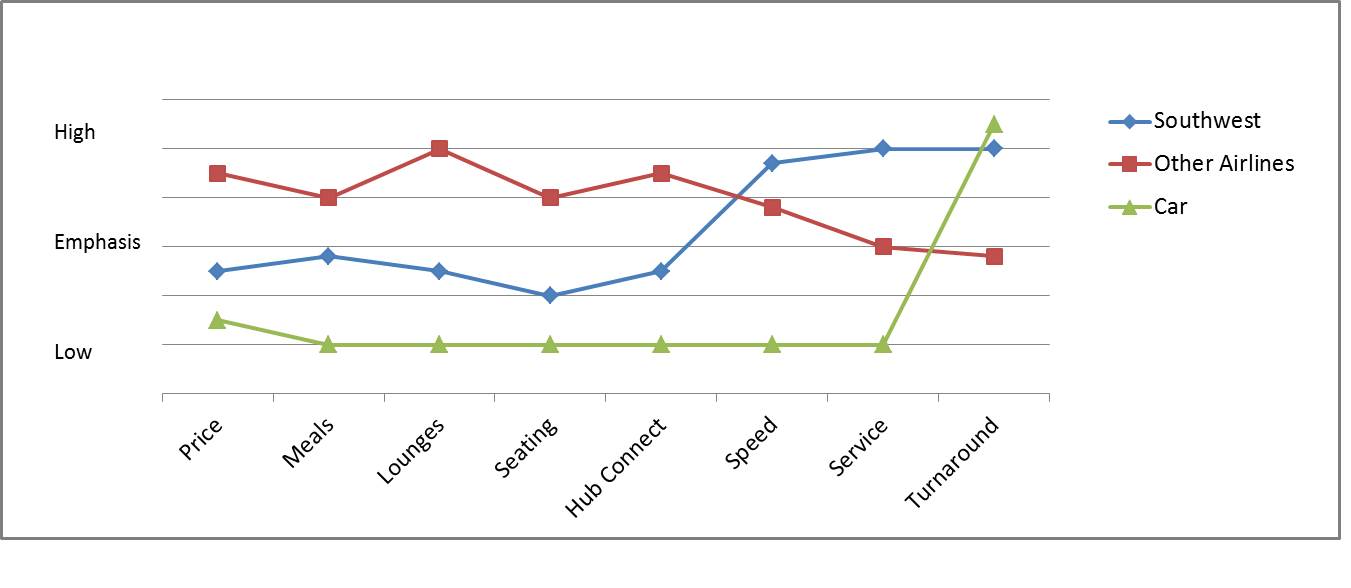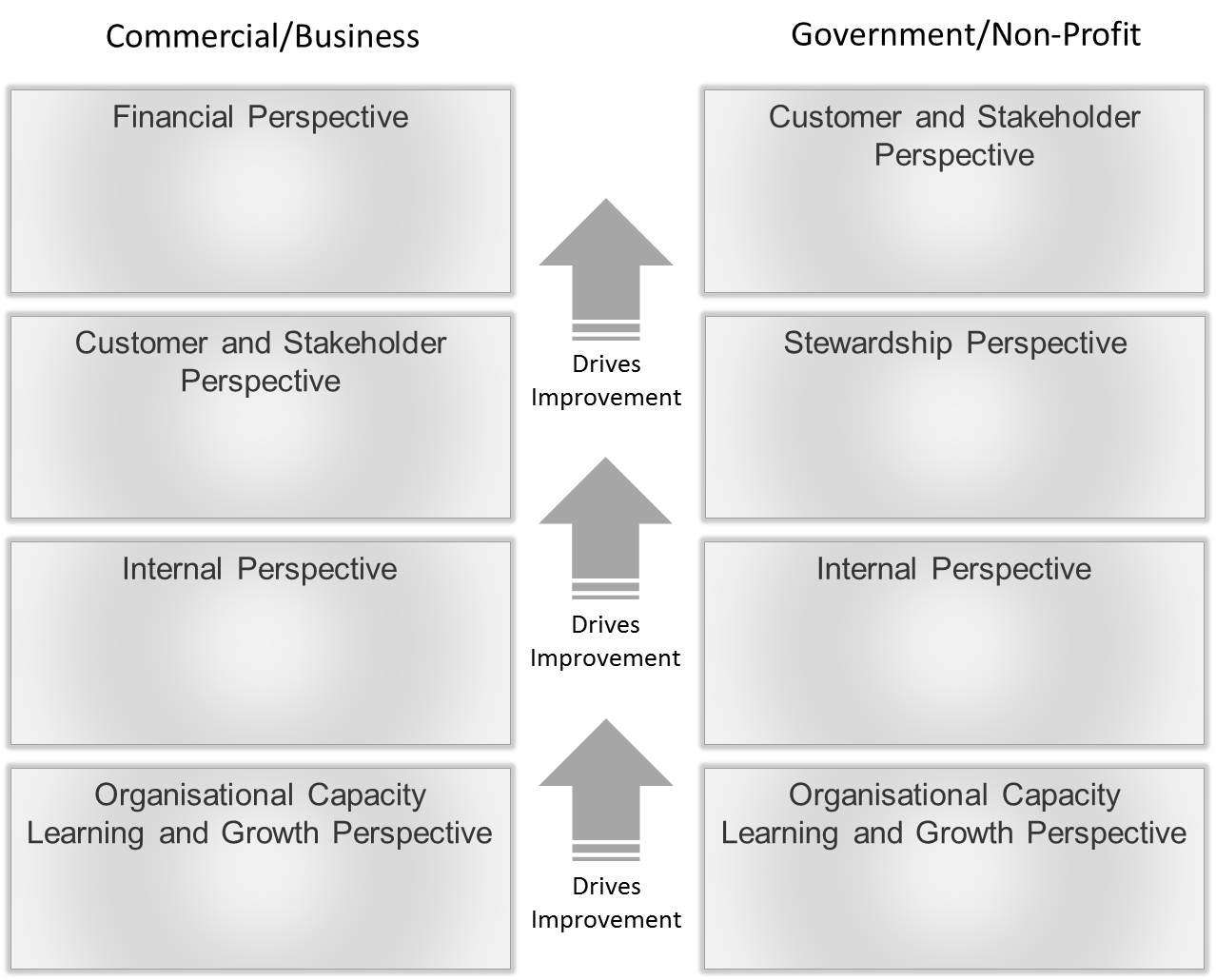Nine Steps to Success™ – Step 2 Strategy
Strategy is the second step of the Balanced Scorecard Institutes framework for strategic planning and management, the Nine Steps to Success™.
Strategy is frequently used to describe a multitude of things. It is vitally important from the outset to ensure a common understanding of the word strategy. A company or organisations strategy describes how the Mission, Vision and Core Values come together to determine a way forward and provides the platform to build Objectives, Measures and Initiatives. It is the lynch-pin of the strategic planning process. In their book, ‘The Institute Way’ Howard Rohm et all define strategy as:
“Positioning choices made (the path) and actions taken (the plan) to move an organisation from its current state to some desirable future state”.
To be clear, strategy is not the sum of all activities, products, services etc. that define a business. Neither is it a set of projects put in place to determine a future budget. Strategy is about making choices that have an organisation wide impact and about planning the changes required to fulfil the choices.
A good strategy is put in place to achieve a desired strategic result. It exists at three levels: company or enterprise wide, department or business unit and finally at an individual level. It is a top-down activity and therefore starts at the company/enterprise level.
There are several key inputs to the formulation of a strategy, they include; scenario planning, customer value propositions, strategy profiles, use of perspectives, strategic themes and strategic results. Not all organisations will need to consider every input, but they act as a guide for the process.
Scenario Planning
The input from the first step – assessment – is useful when undertaking scenario planning. Scenario planning is often associated with risk mitigation. There are no hard and fast rules for scenario planning and this activity can be challenging to those who are unaccustomed to dreaming up future events that may or may not happen. A popular method used in this area was developed by the oil company Shell, they suggested:
1. Identify possible change drivers
2. Organise them into groups
3. Develop plausible scenarios
4. Identify potential issues and outcomes
The result may be a simple table with scenario options, descriptions and an idea of validity/plausibility. The exercise forces the planning group to think about alternate strategies at a high level and can provide some very useful input into later stages.
Customer Value Proposition
This input activity is crucial and should not be left out. Understanding what customers want and need from an organisation is key to building a differentiated strategy. A good customer value proposition will provide convincing reasons why a customer should buy a product or service, and also differentiate the product or service from competitors. There are usually three things that are associated with a customer value proposition:
Attributes – How the product or service meets the customer needs in terms of functionality, quality, timeliness and price/cost.
Image – How the product or service fits with the company/organisation brand. This is usually based on an existing perception and reputation.
Relationship – The experience customers have with the company/organisation both past and present and direct/indirect.
To develop a customer value proposition you have to think like the customer. It is something people are supposed to understand. It’s for people to read. What makes a good customer value proposition:
It’s easy to understand.
It communicates exactly what a customer will get from purchasing and using your products and/or services.
It says how it’s different or better than the competitor’s offer.
It avoids hype (like ‘never seen before’), superlatives (‘best’) and business jargon (‘value-added interactions’).
It can be read and understood in around 5 seconds.
Strategy Profile
A strategy Profile is a graphical way to demonstrate how a company/organisation strategy differentiates itself from a competitor’s strategy. It also provides an excellent way to explain why certain things may not be included in a strategy.
When creating a strategy profile the first thing to consider are the differentiating elements. These are then plotted on a graph and compared to competitors and/or other comparative industries. In the example below, we can see the differentiating elements for a short haul airline. In this instance a comparative industry ‘Car’ has been added as well.
Immediately we can see that is it more advantageous to fly as compared to drive except for one key differentiator which is turnaround time. In a car, turnaround time is simple determined by the driver. We can also see that Soutwest have determined that the key parts of their strategy, as compared to the competition, will be turnaround, service and speed. It may well be that they include other areas, but the strategy profile makes it very clear where the emphasis will be.
Use of Perspectives
In a balanced scorecard it is the Perspectives that first introduce the concept of ‘balance’. The four perspectives provide a means to structure a balanced view of a company/organisation. In commercial business the perspectives provide the framework for a logic-flow from bottom to top where organisational capacity drives improved internal processes which in turn drives improved customer and stakeholder satisfaction which finally drives improved financial results. In government, defence and not-for-profit organisations, the logic is slightly different in that the financial perspective and the customer/stakeholder perspectives are reversed recognising that these are ‘mission-driven’ organisations rather than ‘profit-driven’ businesses. The two models look like this:
The labels used to describe the perspectives are important only in so far as the logic of the model is maintained. For example perspective ‘Internal Processes’ could equally be called ‘Business Processes’ or ‘Internal Business Processes’. Equally the perspective ‘Organisational Capacity’ could be called ‘Leaning and Growth’ or even ‘People and Tools’. The objective here is to ensure that 1. The logical integrity of the model is maintained, that is, the lower perspectives drive activity in the upper perspectives and that the labels are understood or resonate with the organisation that has to use them.
Strategic Themes and Strategic Results
Typically, especially in a medium to large sized organisation, a strategy will be broken down to three or four ‘Strategic Themes’. This ensures the strategy is manageable and that the right people are involved when it comes to implementing the strategy. Strategic Themes should be viewed as vertical slices or ‘pillars’ that cut across the four perspectives. Companies and Organisations should look for themes that are very specific to what they are trying to achieve.
Having said that, there are a number of themes that come up time and time again. For example, in the commercial and business areas you may find themes like, operational excellence, business growth, innovation, customer satisfaction and partnering. In the government and non-profit areas you may find operational effectiveness, citizen service, cost effective governance, community reach and community safety. One way to determine an applicable set of strategic themes is to ask the question:
“If we were sitting in a strategy planning meeting in three or five years’ time and congratulating ourselves on over-achieving our vision, what things would have led to that success?”
The result of this conversation would undoubtedly bring forth a large number of strategic priorities that could then be affinity grouped into three or four strategic themes. Once a set of strategic themes has been created (and don’t forget to provide good description for the themes at this stage, do not leave it until later!) then it is imperative to describe what the expected outcome of the theme will be. This is called a ‘Strategic Result’. A strategic result answers the simple question “How will we know success when we see it?” The importance of the strategic result statement can be seen in the two examples below:
Example 1 Build the Business – We hold the leading share of the fast-food informal eating-out restaurant segment in the UK market.
Example 2 Build the Business – Dramatically increase shareholder value through acquisitions, organic growth and asset optimisation.
Both are results of a ‘Build the Business’ theme, but they are wildly different in their interpretation.
In conclusion, strategy is key to effectively aligning a business or organisation to a vision and mission and more importantly to getting individual accountability and buy-in through a well-structured approach. By taking into account the steps described above, a clear customer value story will be developed which will help employees better understand why their roles are important.
Strategy is the second step in a strategic planning journey. The Nine Steps to Success™ is a strategic planning methodology created by the Balanced Scorecard Institute. For more information on how to be trained as a Balanced Scorecard Professional (BSP) visit our training pages on the website.




